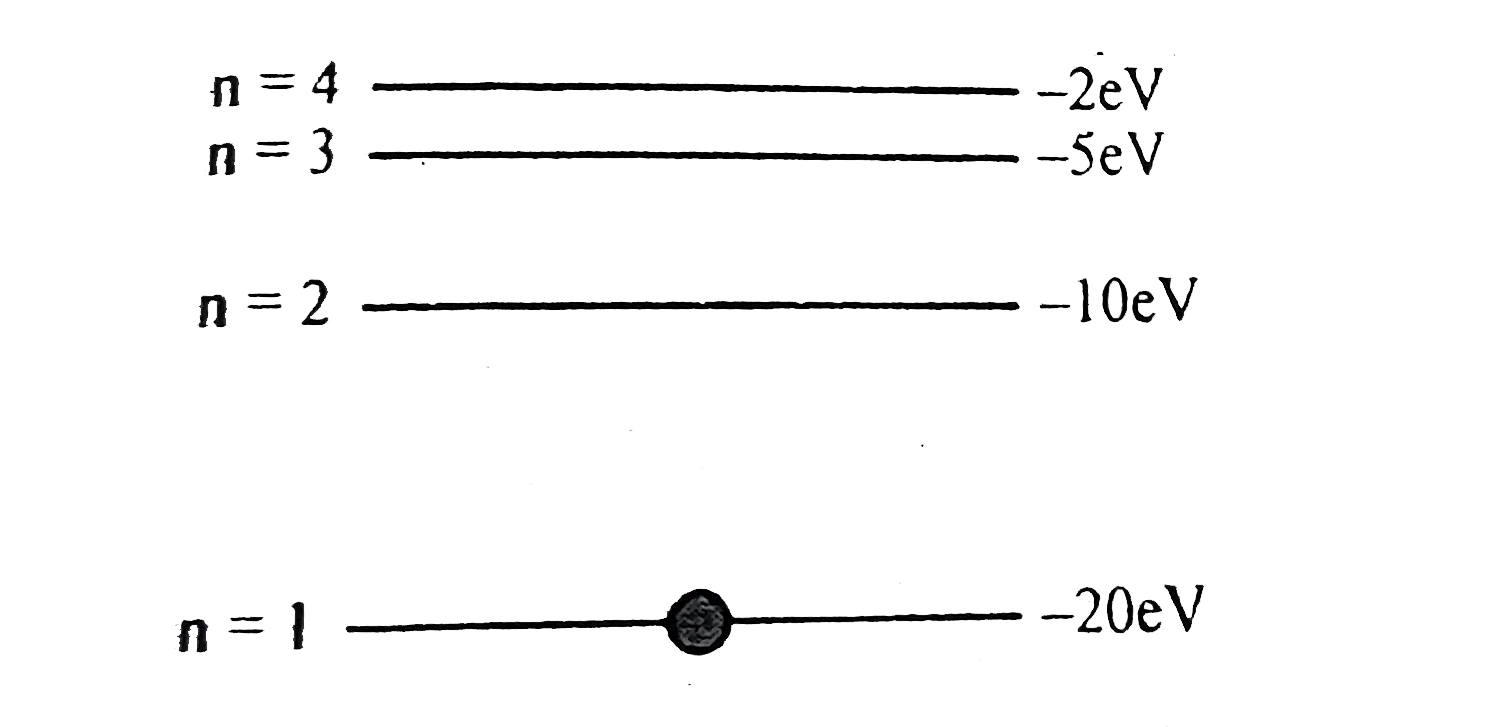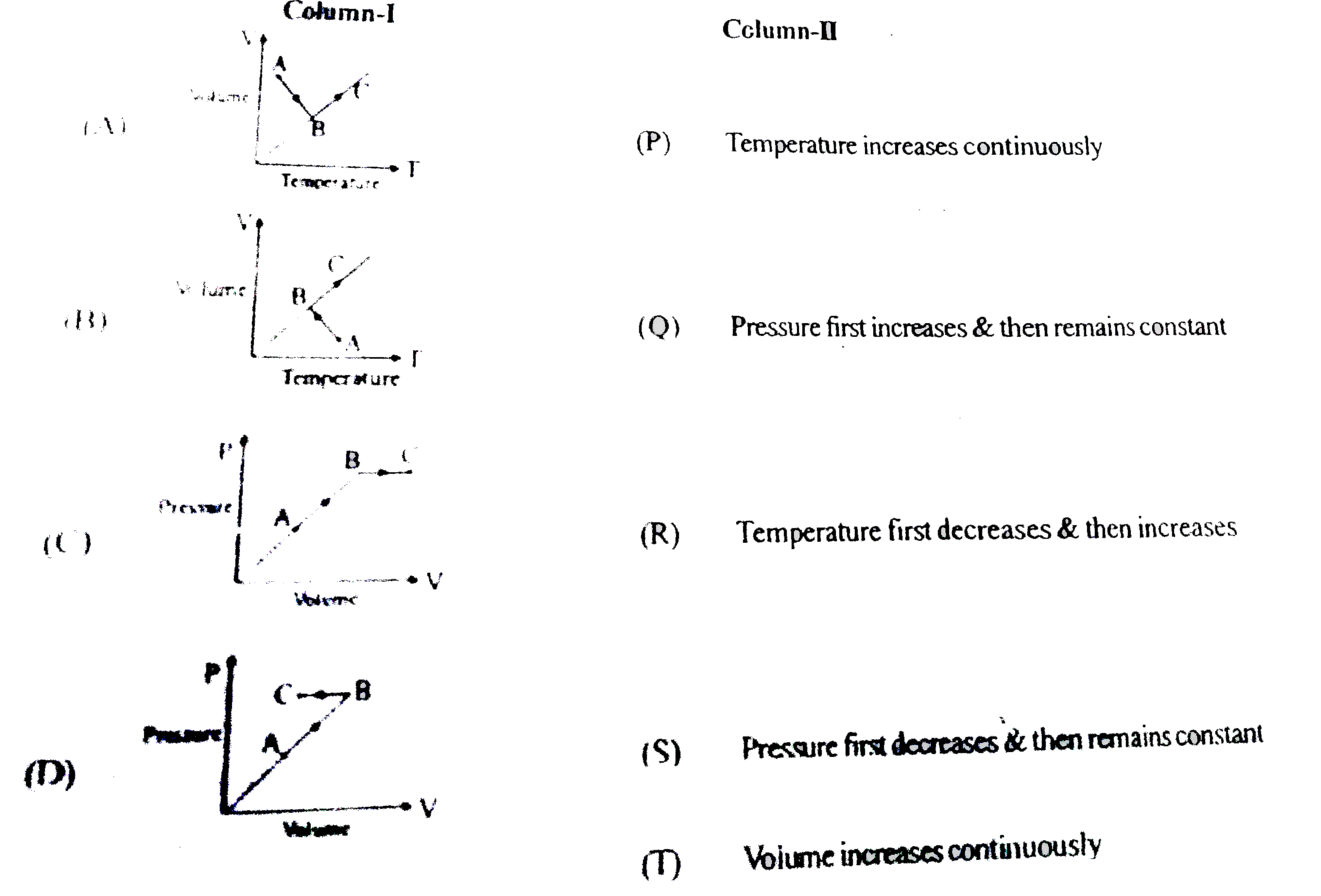Netgation of is
The correct Answer is:D
To find the negation of the statement (p⇒q)⇒(q⇒p), we can follow these steps:
Step 1: Understand the implications
Recall that the implication p⇒q can be rewritten in terms of logical operators:
p⇒q≡¬p∨q
Thus, we can rewrite the entire expression:
(p⇒q)⇒(q⇒p)≡(¬p∨q)⇒(¬q∨p)
Step 2: Rewrite the outer implication
Using the same logic for the outer implication:
A⇒B≡¬A∨B
We can rewrite our expression as:
¬(¬p∨q)∨(¬q∨p)
Step 3: Apply De Morgan's Law
Now we apply De Morgan's Law to ¬(¬p∨q):
¬(¬p∨q)≡p∧¬q
Thus, we can rewrite our expression as:
(p∧¬q)∨(¬q∨p)
Step 4: Simplify the expression
Now we can simplify the expression:
(p∧¬q)∨(¬q∨p)≡¬q∨p
This is because if p is true, the expression holds true regardless of q, and if q is false, the expression also holds true.
Step 5: Negate the entire expression
Now we need to find the negation of the entire expression:
¬((p⇒q)⇒(q⇒p))≡¬(¬q∨p)
Using De Morgan's Law again:
¬(¬q∨p)≡q∧¬p
Final Result
Thus, the negation of the statement (p⇒q)⇒(q⇒p) is:
q∧¬p
Recall that the implication p⇒q can be rewritten in terms of logical operators:
p⇒q≡¬p∨q
Thus, we can rewrite the entire expression:
(p⇒q)⇒(q⇒p)≡(¬p∨q)⇒(¬q∨p)
Using the same logic for the outer implication:
A⇒B≡¬A∨B
We can rewrite our expression as:
¬(¬p∨q)∨(¬q∨p)
Now we apply De Morgan's Law to ¬(¬p∨q):
¬(¬p∨q)≡p∧¬q
Thus, we can rewrite our expression as:
(p∧¬q)∨(¬q∨p)
Now we can simplify the expression:
(p∧¬q)∨(¬q∨p)≡¬q∨p
This is because if p is true, the expression holds true regardless of q, and if q is false, the expression also holds true.
Now we need to find the negation of the entire expression:
¬((p⇒q)⇒(q⇒p))≡¬(¬q∨p)
Using De Morgan's Law again:
¬(¬q∨p)≡q∧¬p
Thus, the negation of the statement (p⇒q)⇒(q⇒p) is:
q∧¬p
Topper's Solved these Questions
Similar Questions
Knowledge Check
- Question 1 - Select One
If a compound statement r is contradiction , then the truth value of (p⇒q)∧r∧p[p⇒~r] is
ATBFCT or FDnone of these - Question 2 - Select One
what are the truth values of (~p⇒~q)and~(~p⇒q) respectively, when p and q always speak true in any argument ?
AT,TBF,FCT,FDF,T - Question 3 - Select One
Let →a=αˆi+2ˆj+βˆk →a lies in a plane of →b&→c
→b=ˆi+ˆj & →c=ˆi−ˆj+4ˆk and →a bisectors angle between →b&→c thenA→a.→k+2=0B→a.→k+4=0C→a.→k−2=0D→a.→k+5=0
Write the expression for Lorentz magnetic force on a particle of charges 'q' moving with velocity →v in a magnetic field →B.
View SolutionThe statement p⇒p∨q
View SolutionThe energy-level scheme for the hypothetical one electron element Bansalium is shown in figure. The potential energy is taken to be zero for an electron at an infinite distance from the nucleus.

If photons emitted from Bansalium transitions n=4→n=2andomn=2→n=1 will eject photoelectrons from an unknown metal but the photon emitted from the transition n=3→n=2 will not, what are the limits (maximum and minimum possible values) of the work function of the metal ?View SolutionFor a sequential reaction :
A rightarrow B + C
2B rightarrow C + 2D
If % yeild of (i) and (ii) reactions are 90% and 80% respectively, then the overall % yield is expected to be:View SolutionTheproduct B in the reaction sequence is (CH3COO)2Cadistillation−−−−−−→AZn−Hg+HCl−−−−−−−−→B
View Solution


